Researchers in the Czech Republic examined a rural wastewater systems influent and effluent for the presence of 32 PPCPs often found in wastewater. The rural wastewater system operated a constructed wetlands system for effluent treatment prior to discharge. The results were promising in that many of the compounds were treated in the wetlands. PPCP removal efficiencies were closely correlated with traditional effluent parameters such as BOD/COD, TSS, Ammonia.
The study found the following removal rates;
- Anti-inflammatories 11 - 100%
- Beta Blockers 37 - 99%
- Diuretics 18 - 95%
www.sciencedirect.com/science/article/pii/S0048969716312426
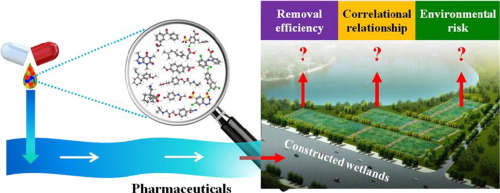
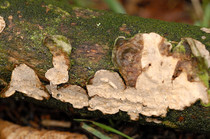
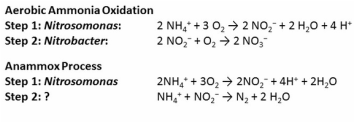
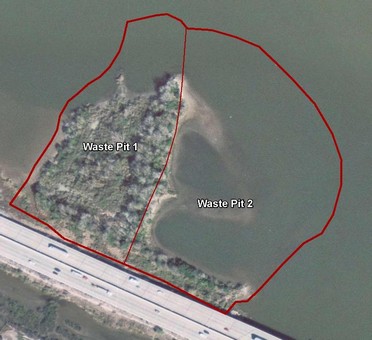

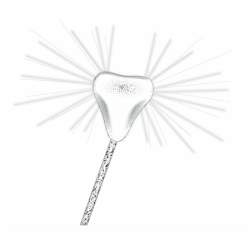

 RSS Feed
RSS Feed